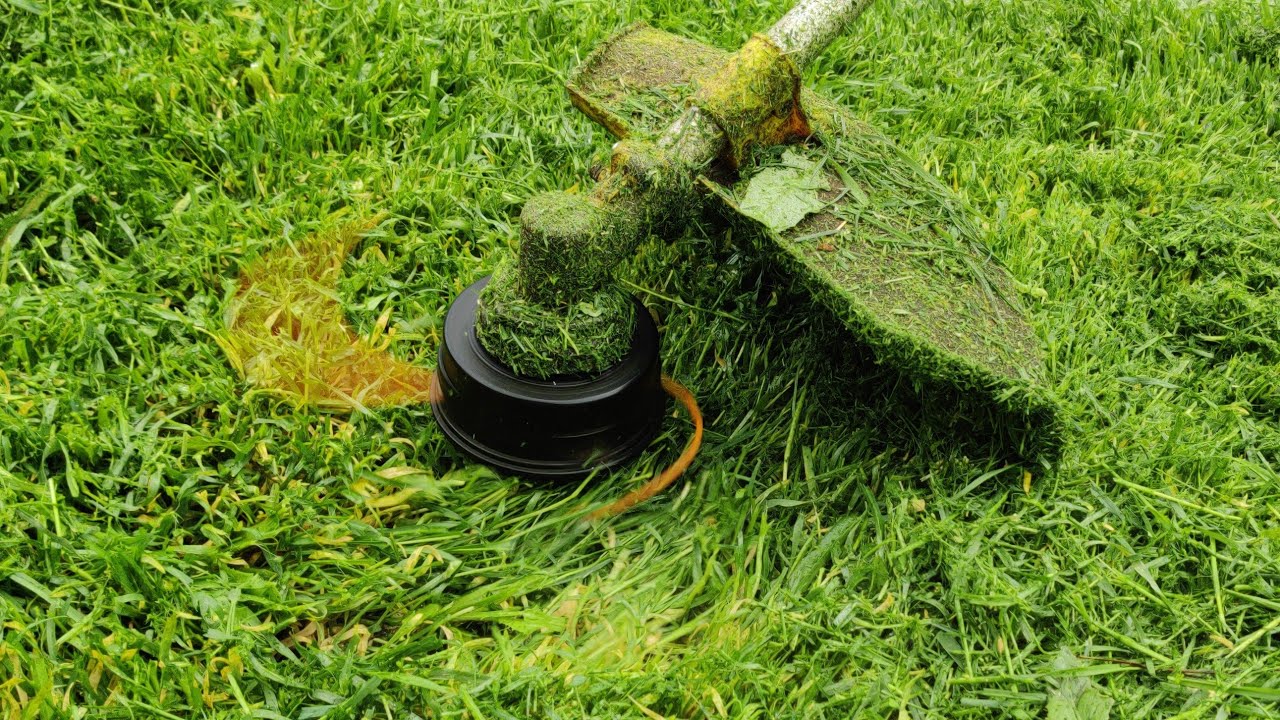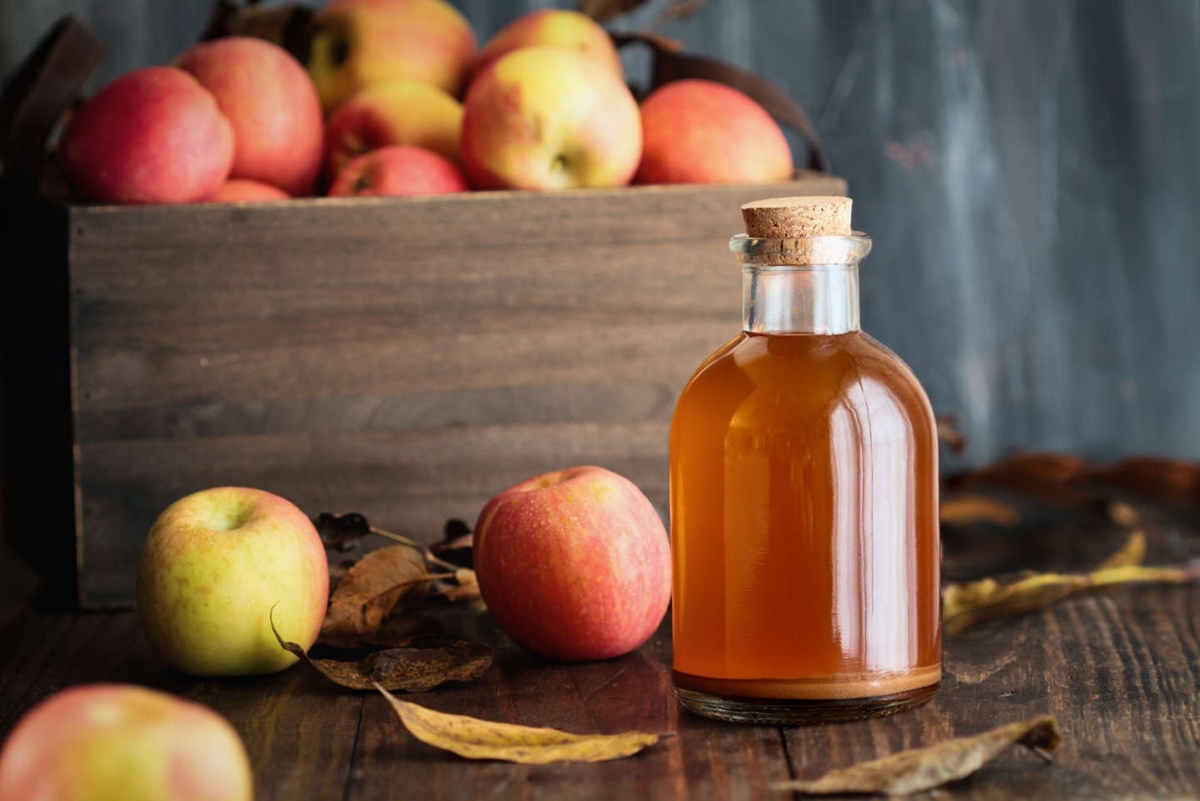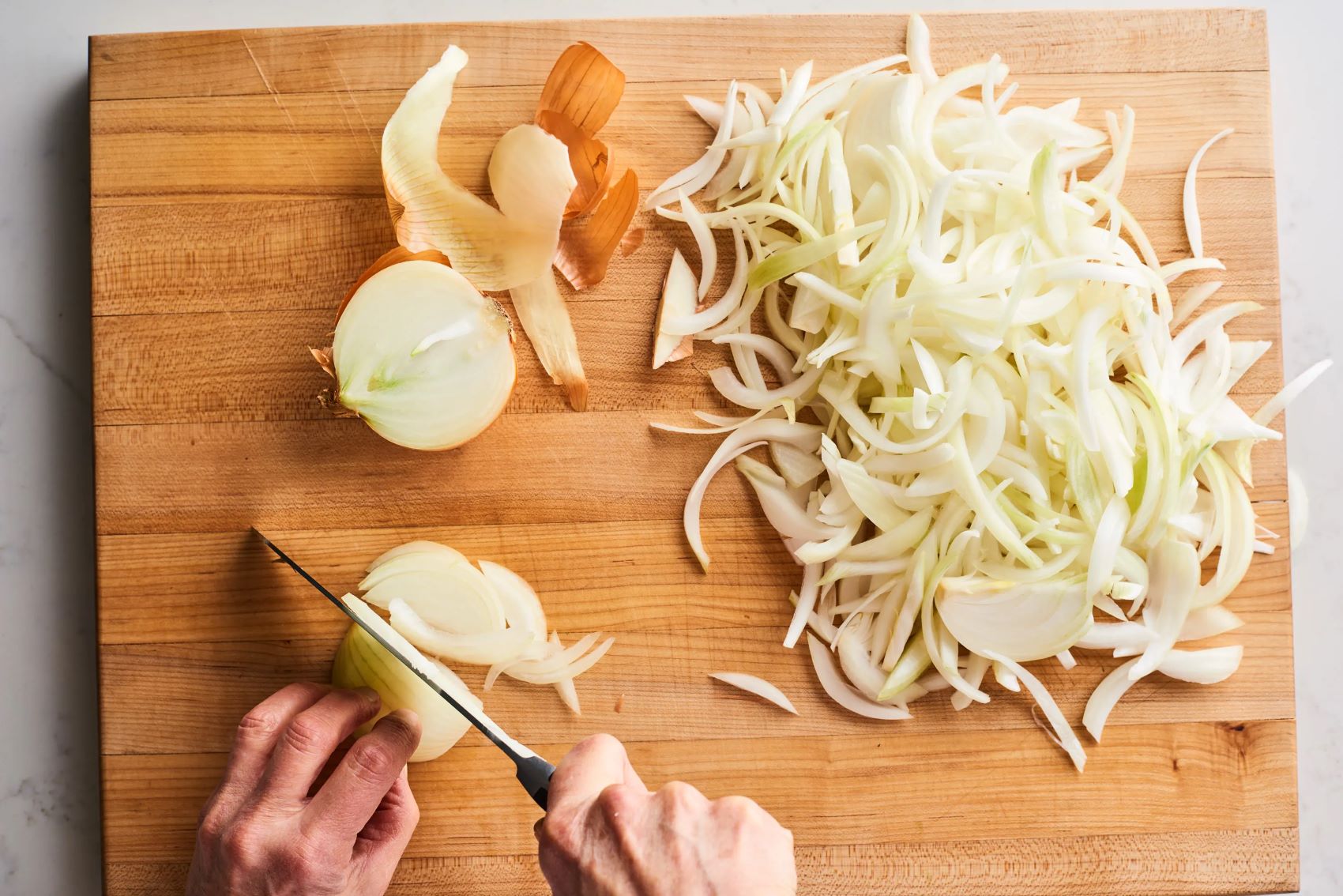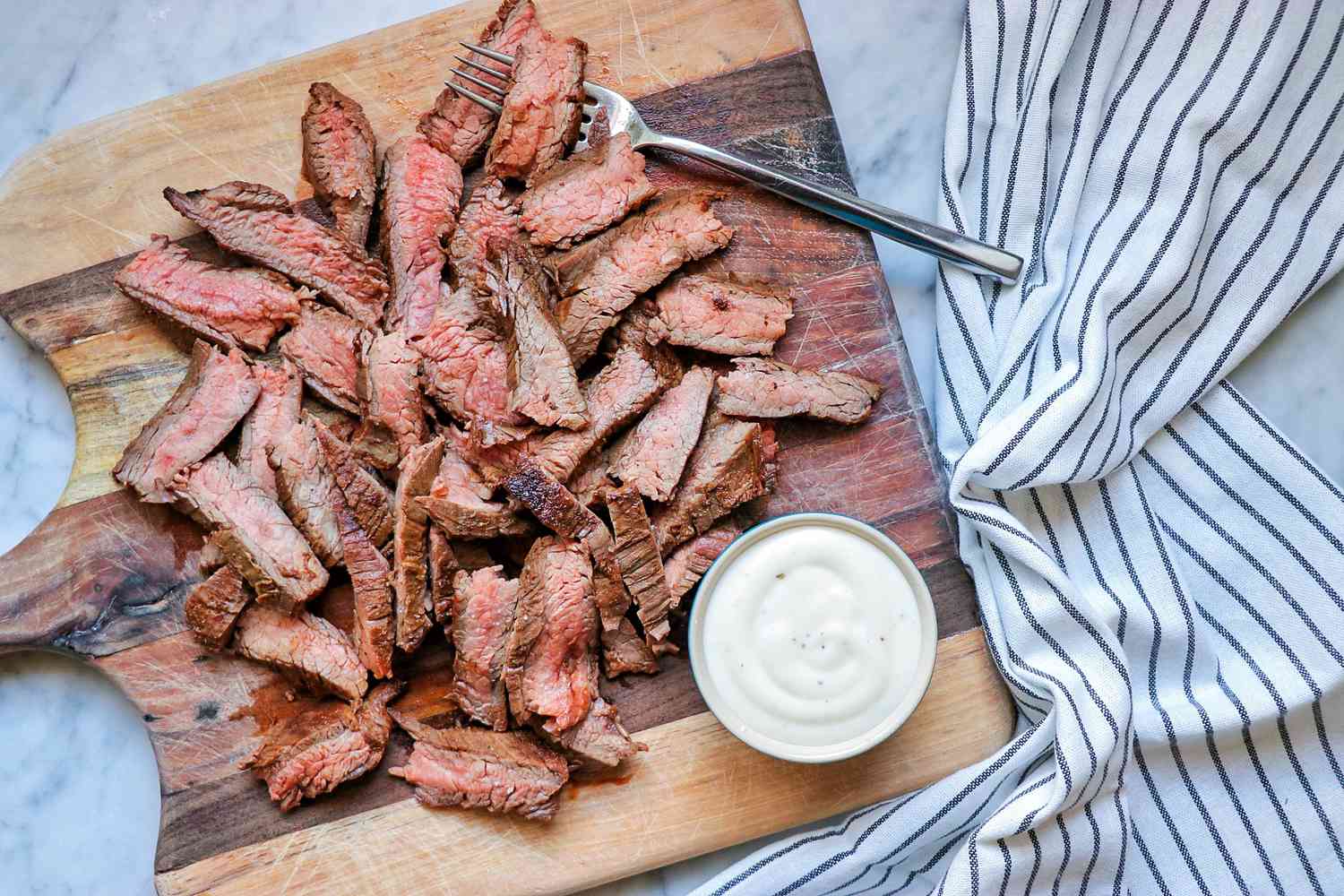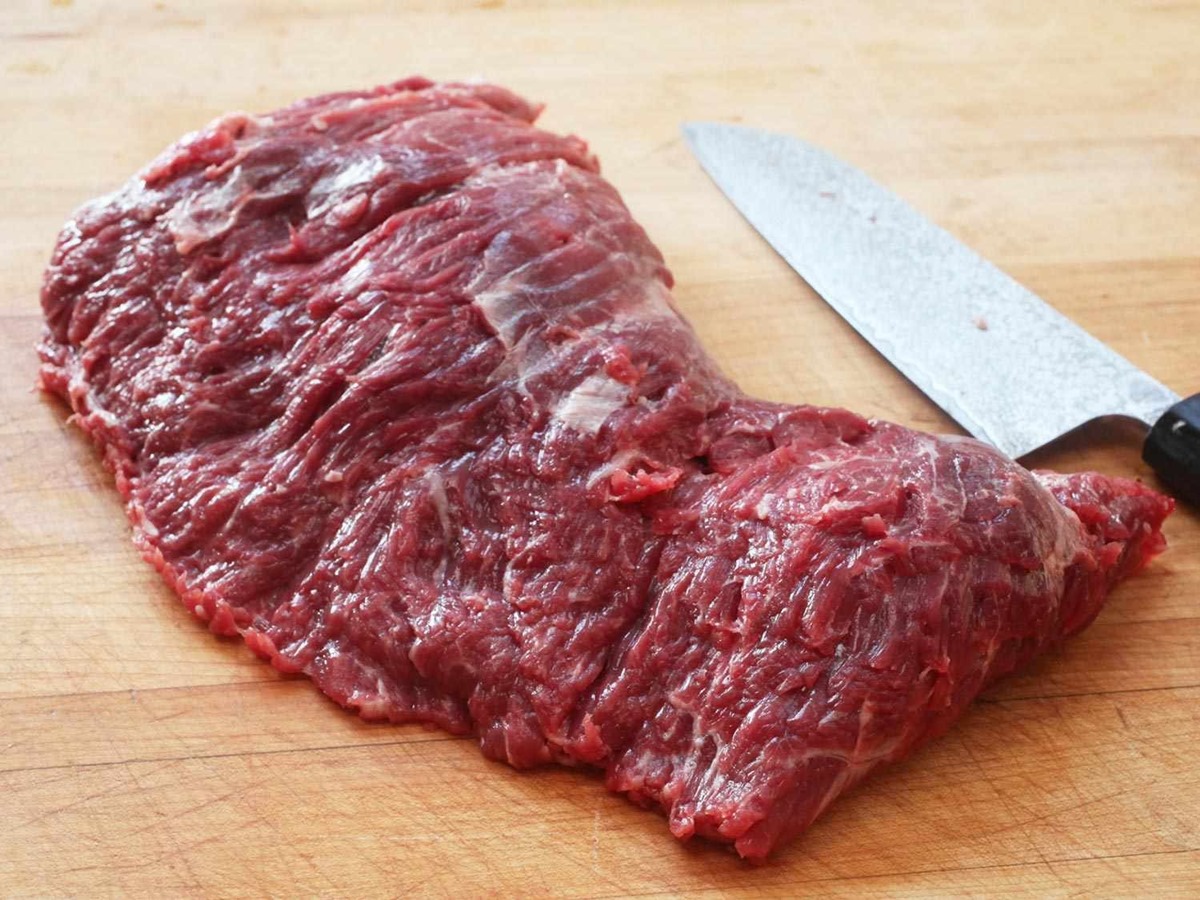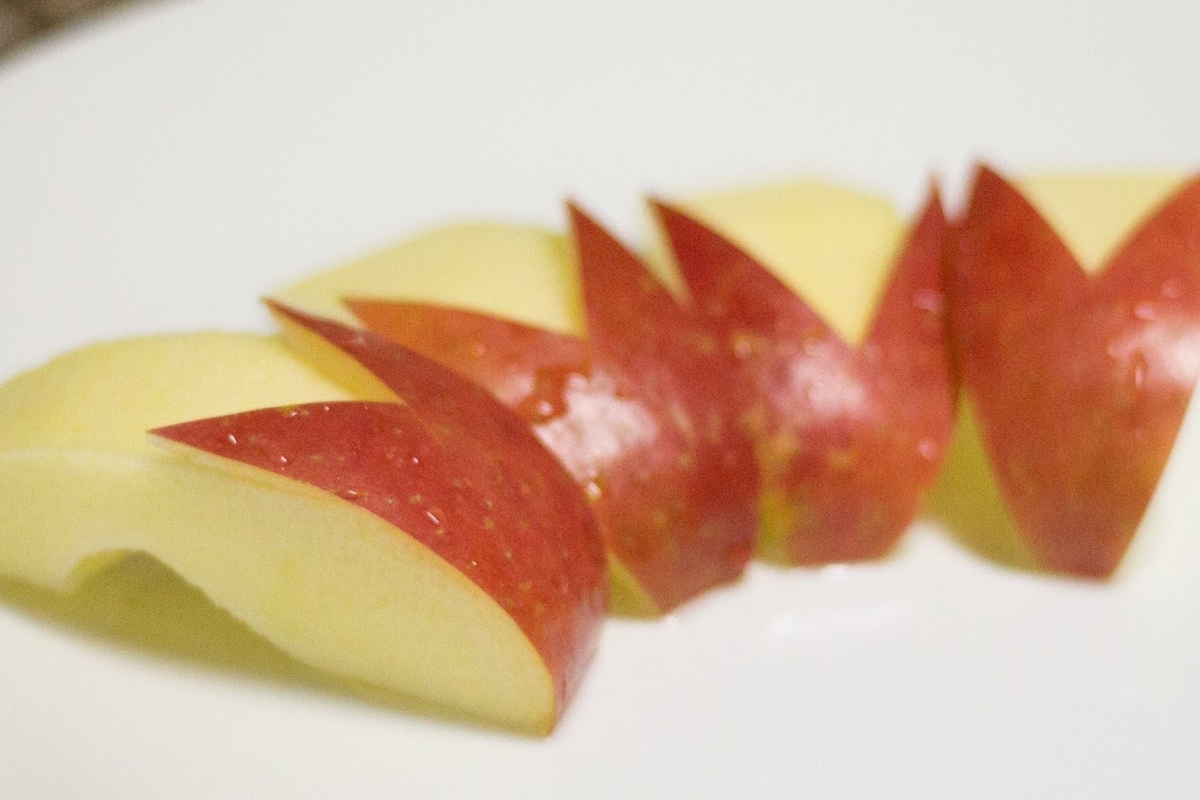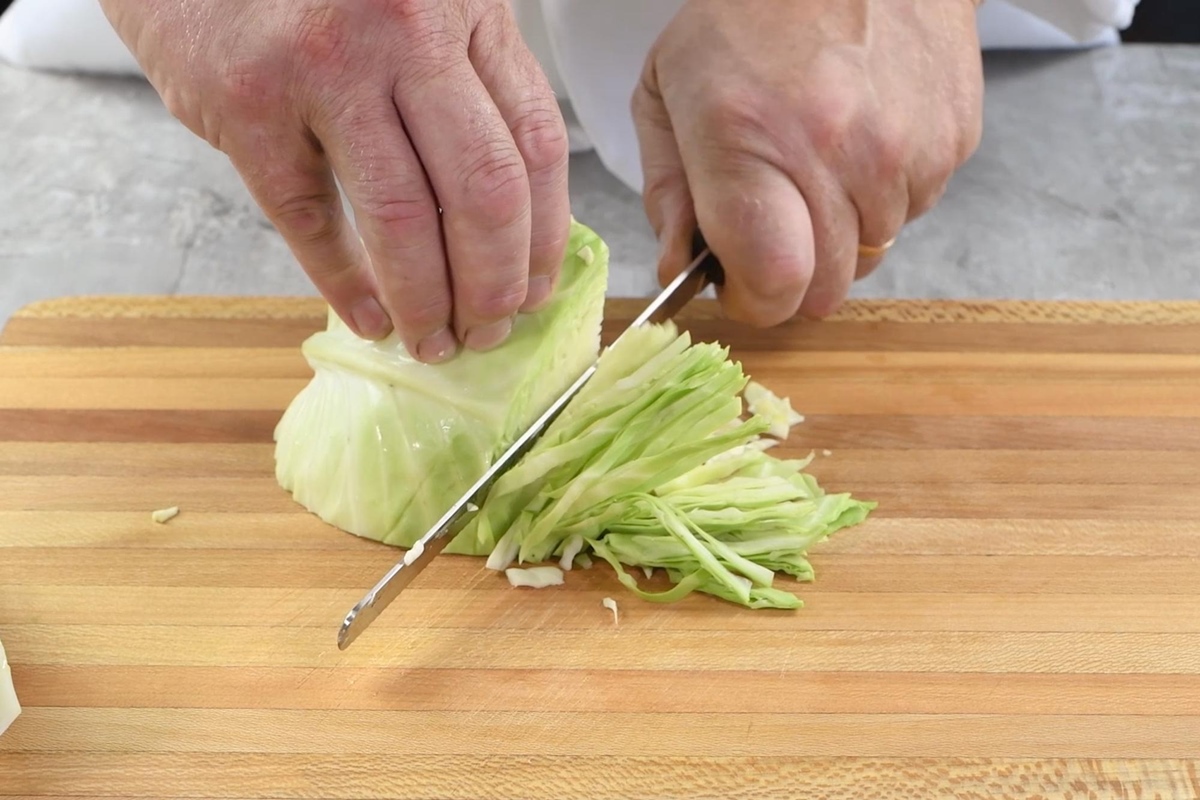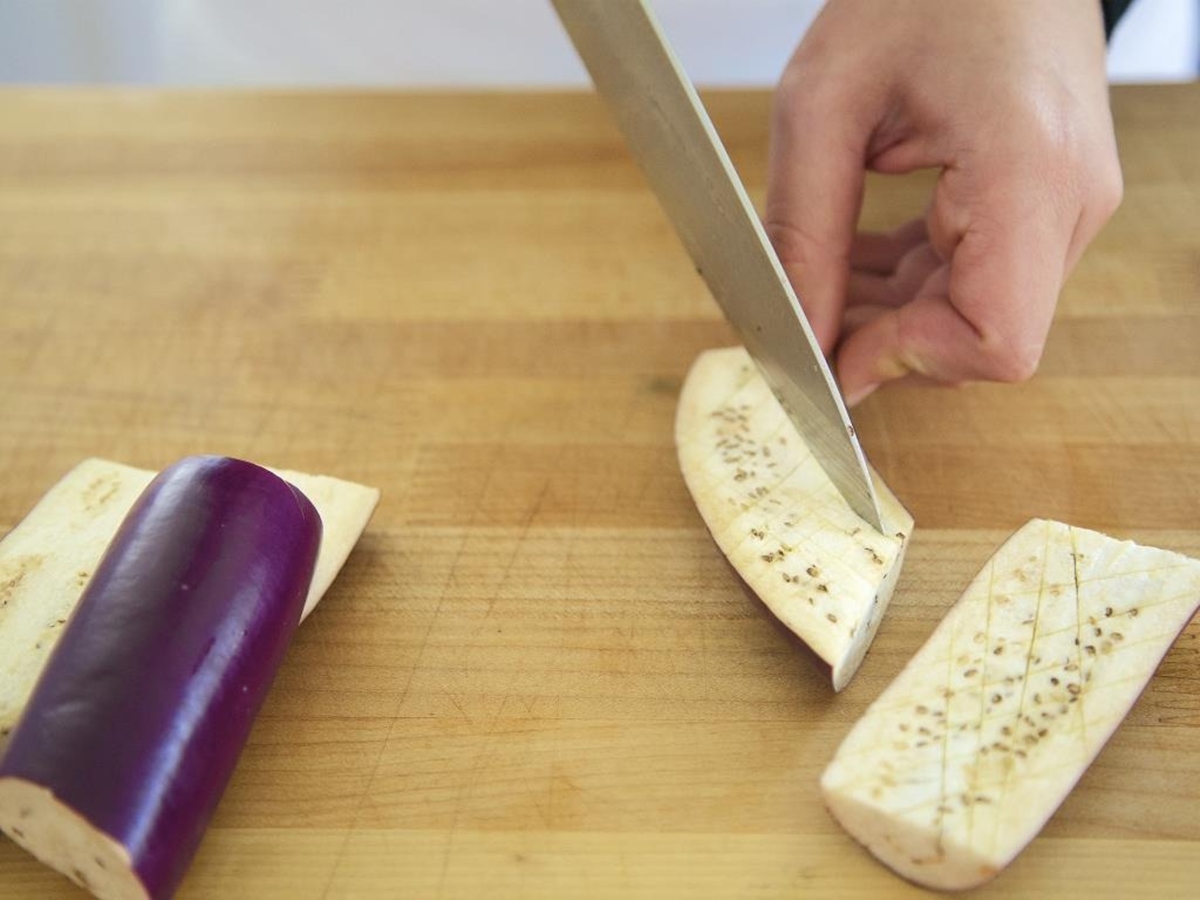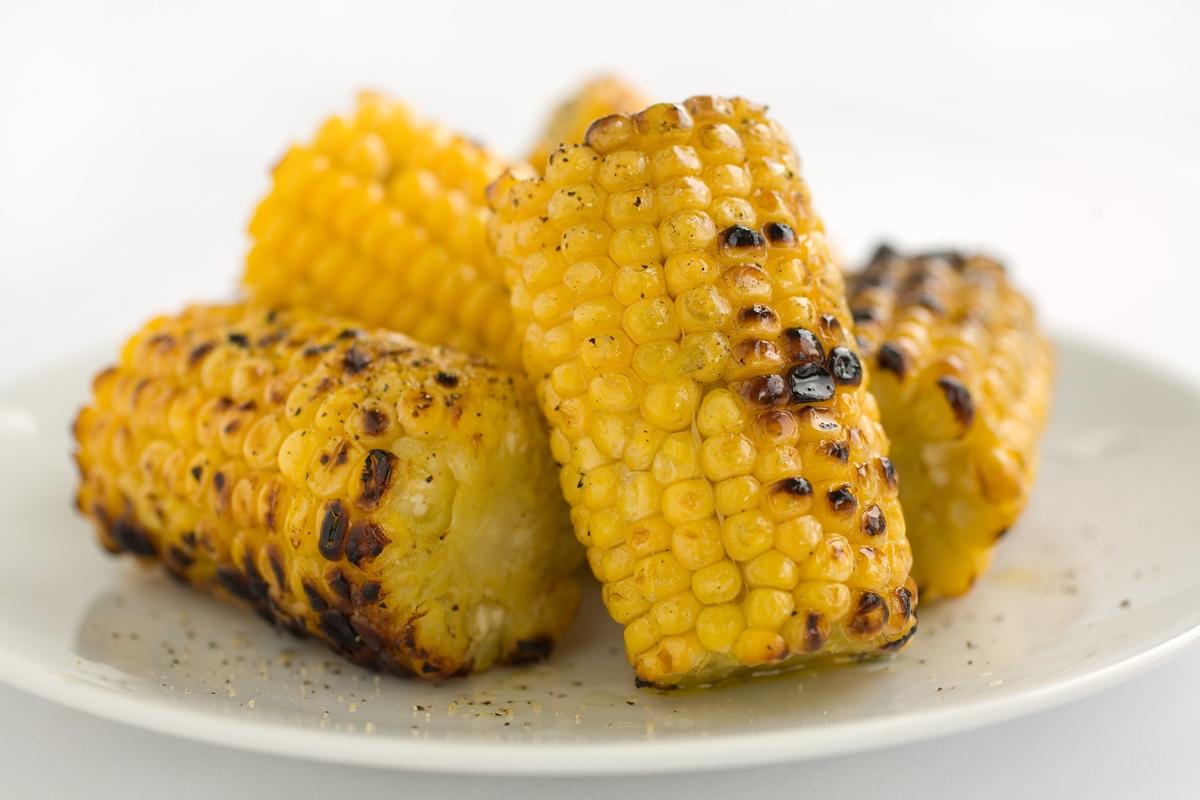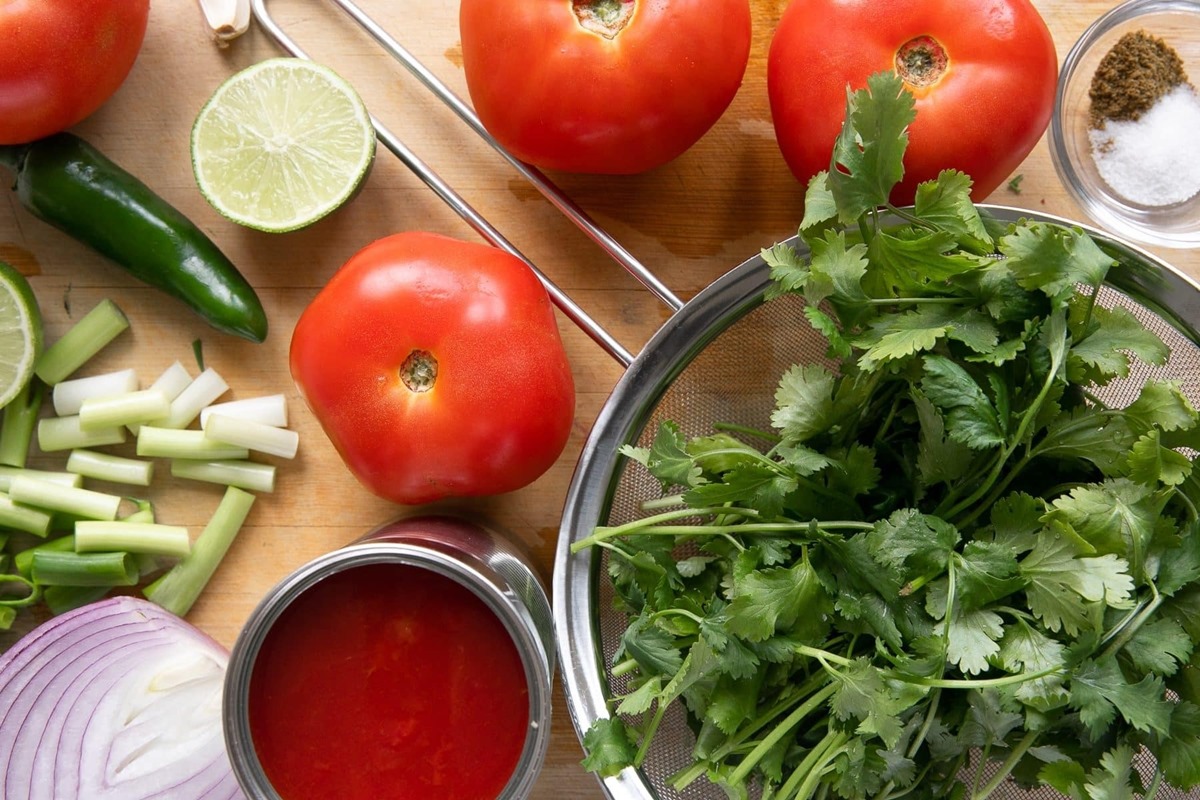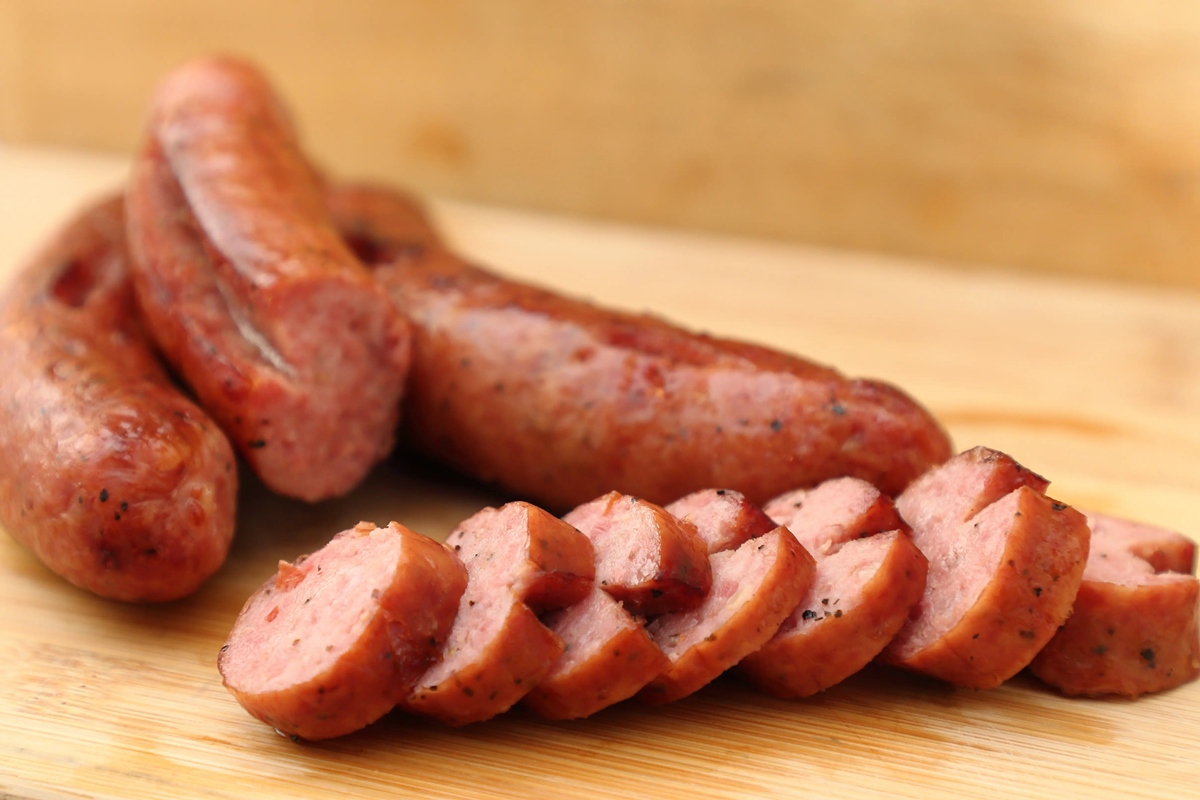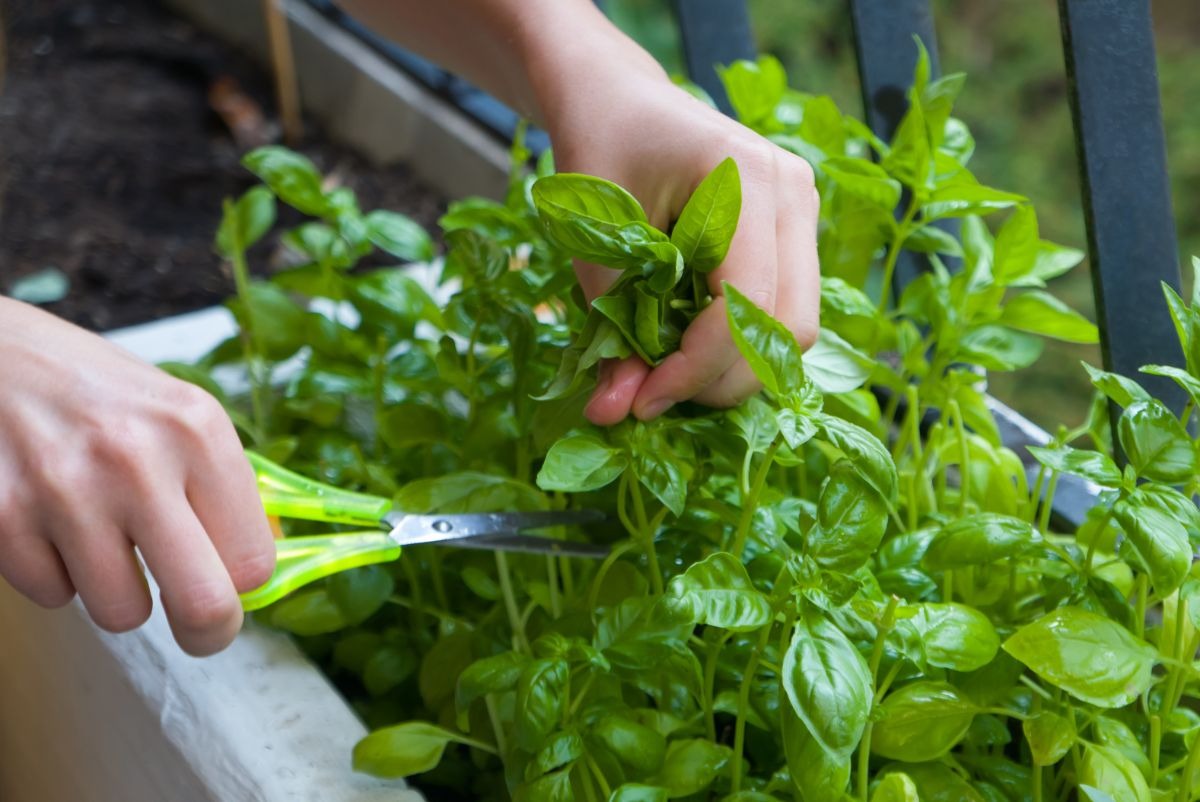How To Cut Whole Wings: A Step-by-Step Guide
Are you ready to level up your wing game? Cutting whole wings may seem intimidating at first, but with the right technique and a little practice, you’ll be able to serve up perfectly portioned, delicious wings that everyone will rave about. In this step-by-step guide, we’ll show you exactly how to cut whole wings like a pro.
What You’ll Need:
- Whole chicken wings
- Cutting board
- Sharp chef’s knife or poultry shears
- Paper towels
Step 1: Prep Your Workspace
Start by setting up your cutting board and ensuring it’s clean and dry. It’s important to keep a clean workspace to ensure food safety.
Step 2: Remove the Wing Tip
Boldly take your whole wing and locate the joint between the drumette (the part that looks like a mini drumstick) and the wingette (the middle section with two bones). Using your sharp chef’s knife or poultry shears, confidently cut through the joint to remove the wing tip. Discard the wing tip or save it for making delicious homemade chicken stock.
Step 3: Separate the Drumette and Wingette
Next, identify the joint between the drumette and wingette that you just removed the wing tip from. With a strong and confident grip, place your knife or shears on the joint and apply pressure to separate the two pieces. It should easily come apart, leaving you with a drumette and a wingette.
Step 4: Optional: Remove Excess Skin and Fat
If desired, you can choose to remove any excess skin or fat from the wing pieces. This step is optional but can be done by gently pulling the skin away from the meat and cutting it off with your knife or shears. Removing excess fat can help create a crisper wing.
Step 5: Repeat with Remaining Wings
Continue cutting the whole wings following the same steps mentioned above until you have cut all the wings. Take your time and maintain a steady hand to ensure clean cuts.
Step 6: Clean Up and Final Touches
Once you have finished cutting all the wings, transfer them to a plate lined with paper towels to absorb any excess moisture. This will help ensure a crispier result when cooking. Remember to wash your hands and clean your cutting board thoroughly to maintain proper hygiene.
Now that you know how to cut whole wings, you can get creative with your cooking. Whether you’re grilling, baking, or frying, these perfectly portioned wings will be the star of any meal. Serve them with your favorite dipping sauces and enjoy!
So, don’t let the fear of cutting whole wings hold you back. With these easy-to-follow steps, you’ll be a wing-cutting pro in no time. Impress your friends and family with deliciously prepared wings, and let your culinary skills shine.
For those looking to put their wing-cutting skills to use, there are a variety of mouthwatering recipes to try. Fans of classic flavors will appreciate the Classic Buffalo Wings Recipe and Honey BBQ Wings Recipe. If you're in the mood for something a bit more exotic, the Spicy Korean Fried Wings Recipe and Jamaican Jerk Wings Recipe offer a delightful twist. For a touch of sweetness with a kick, the Mango Habanero Wings Recipe and Sweet and Spicy Sriracha Wings Recipe are sure to hit the spot. Don't miss out on the Garlic Parmesan Wings Recipe, perfect for those who love a savory and cheesy combo. Each of these recipes will help you master the art of cutting whole wings while delivering a burst of flavors.
Was this page helpful?
Read Next: How To Cut Chicken Thighs Into Cubes
